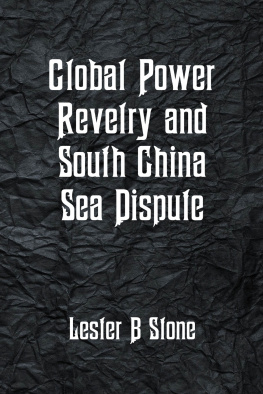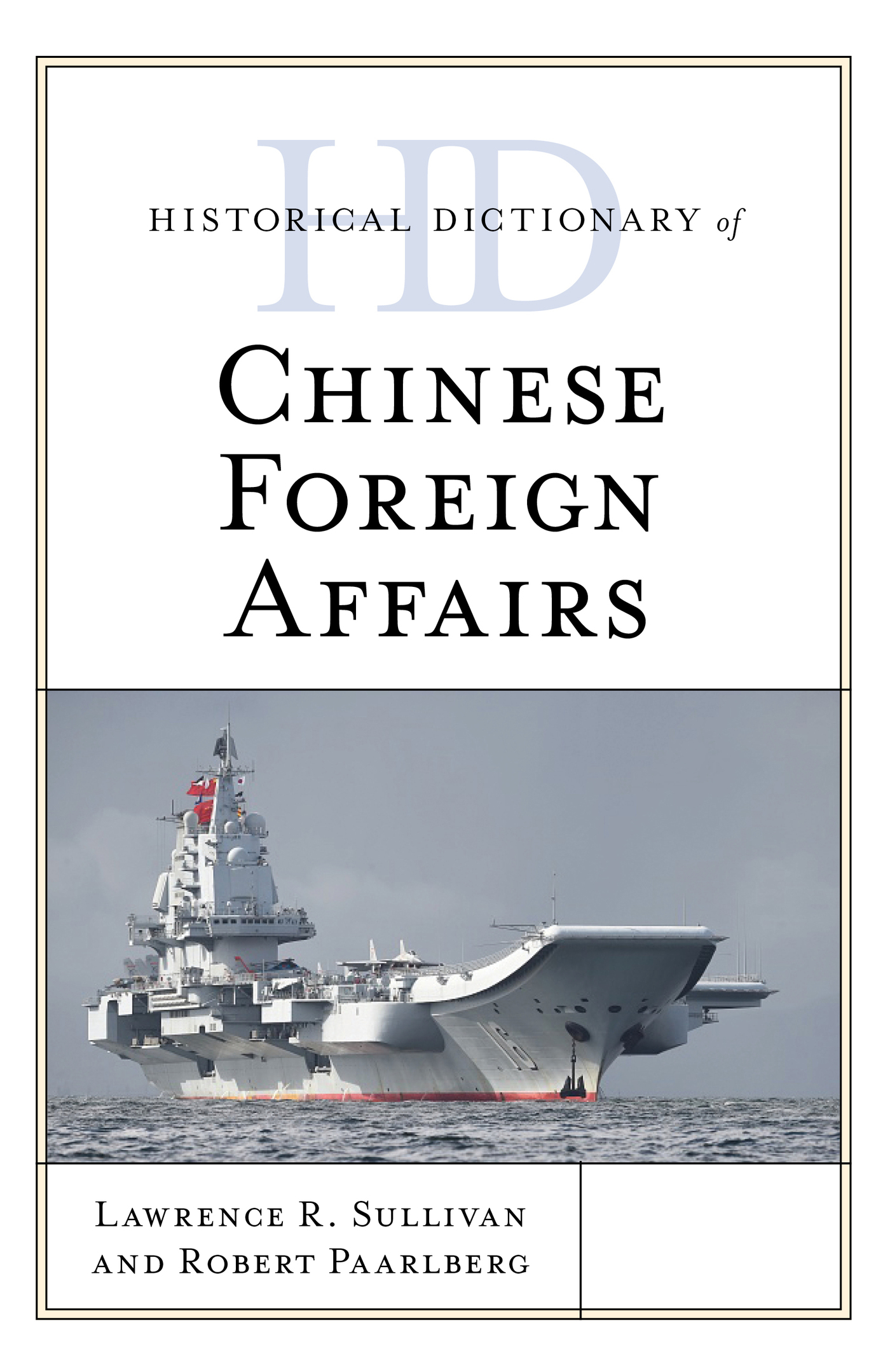The historical dictionaries present essential information on a broad range of subjects, including American and world history, art, business, cities, countries, cultures, customs, film, global conflicts, international relations, literature, music, philosophy, religion, sports, and theater. Written by experts, all contain highly informative introductory essays on the topic and detailed chronologies that, in some cases, cover vast historical time periods but still manage to heavily feature more recent events.
Brief AZ entries describe the main people, events, politics, social issues, institutions, and policies that make the topic unique, and entries are cross-referenced for ease of browsing. Extensive bibliographies are divided into several general subject areas, providing excellent access points for students, researchers, and anyone wanting to know more. Additionally, maps, photographs, and appendixes of supplemental information aid high school and college students doing term papers or introductory research projects. In short, the historical dictionaries are the perfect starting point for anyone looking to research in these fields.
Historical Dictionaries of
Asia, Oceania, and the Middle East
Jon Woronoff, Series Editor
Guam and Micronesia, by William Wuerch and Dirk Ballendorf. 1994.
Palestine, by Nafez Y. Nazzal and Laila A. Nazzal. 1997.
Lebanon, by Asad AbuKhalil. 1998.
Azerbaijan, by Tadeusz Swietochowski and Brian C. Collins. 1999.
Papua New Guinea, Second Edition, by Ann Turner. 2001.
Cambodia, by Justin Corfield and Laura Summers. 2003.
Saudi Arabia, Second Edition, by J. E. Peterson. 2003.
Nepal, by Nanda R. Shrestha and Keshav Bhattarai. 2003.
Kyrgyzstan, by Rafis Abazov. 2004.
Indonesia, Second Edition, by Robert Cribb and Audrey Kahin. 2004.
Republic of Korea, Second Edition, by Andrew C. Nahm and James E. Hoare. 2004.
Turkmenistan, by Rafis Abazov. 2005.
New Zealand, Second Edition, by Keith Jackson and Alan McRobie. 2005.
Vietnam, Third Edition, by Bruce Lockhart and William J. Duiker. 2006.
India, Second Edition, by Surjit Mansingh. 2006.
Burma (Myanmar), by Donald M. Seekins. 2006.
Hong Kong SAR and the Macao SAR, by Ming K. Chan and Shiu-hing Lo. 2006.
Pakistan, Third Edition, by Shahid Javed Burki. 2006.
Iran, Second Edition, by John H. Lorentz. 2007.
Peoples Republic of China, Second Edition, by Lawrence R. Sullivan. 2007.
Australia, Third Edition, by James C. Docherty. 2007.
Gulf Arab States, Second Edition, by Malcolm C. Peck. 2008.
Laos, Third Edition, by Martin Stuart-Fox. 2008.
Israel, Second Edition, by Bernard Reich and David H. Goldberg. 2008.
Brunei Darussalam, Second Edition, by Jatswan S. Sidhu. 2010.
Malaysia, by Ooi Keat Gin. 2009.
Yemen, Second Edition, by Robert D. Burrowes. 2010.
Tajikistan, Second Edition, by Kamoludin Abdullaev and Shahram Akbarzadeh. 2010.
Bangladesh, Fourth Edition, by Syedur Rahman. 2010.
Polynesia, Third Edition, by Robert D. Craig. 2011.
Singapore, New Edition, by Justin Corfield. 2011.
East Timor, by Geoffrey C. Gunn. 2011.
Postwar Japan, by William D. Hoover. 2011.
Afghanistan, Fourth Edition, by Ludwig W. Adamec. 2012.
Philippines, Third Edition, by Artemio R. Guillermo. 2012.
Tibet, by John Powers and David Templeman. 2012.
Kazakhstan, by Didar Kassymova, Zhanat Kundakbayeva, and Ustina Markus. 2012.
Democratic Peoples Republic of Korea, by James E. Hoare. 2012.
Thailand, Third Edition, by Gerald W. Fry, Gayla S. Nieminen, and Harold E. Smith. 2013.
Iraq, Second Edition, by Beth K. Dougherty and Edmund A. Ghareeb. 2013.
Syria, Third Edition, by David Commins and David W. Lesch. 2014.
Science and Technology in Modern China, by Lawrence R. Sullivan and Nancy Y. Liu, 2014.
Taiwan (Republic of China), Fourth Edition, by John F. Copper. 2014.
Australia, Fourth Edition, by Norman Abjorensen and James C. Docherty. 2015.
Republic of Korea, Third Edition, by James E. Hoare. 2015.
Indonesia, Third Edition, by Audrey Kahin. 2015.
Fiji, by Brij V. Lal. 2016.
Peoples Republic of China, Third Edition, by Lawrence R. Sullivan. 2016.
Israel, Third Edition, by Bernard Reich and David H. Goldberg. 2016.
New Zealand, Third Edition, by Janine Hayward and Richard Shaw. 2016.
Brunei Darussalam, Third Edition, by Jatswan S. Sidhu. 2017.
Nepal, Second Edition, by Nanda R. Shrestha and Keshav Bhattarai. 2017.
Burma (Myanmar), Second Edition, by Donald M. Seekins. 2017.
Mongolia, Fourth Edition, by Alan J. K. Sanders. 2017.
Yemen, Third Edition, by Charles Schmitz and Robert D. Burrowes. 2017.
Chinese Economy, by Lawrence R. Sullivan with Paul Curcio. 2018.
Malaysia, Second Edition, by Ooi Keat Gin. 2018.
Tajikistan, Third Edition, by Kamoludin Abdullaev. 2018.
Chinese Foreign Affairs, by Lawrence R. Sullivan and Robert L. Paarlberg. 2018.
Historical Dictionary of
Chinese Foreign Affairs
Lawrence R. Sullivan and Robert L. Paarlberg
ROWMAN & LITTLEFIELD
Lanham Boulder New York London
Published by Rowman & Littlefield
An imprint of The Rowman & Littlefield Publishing Group, Inc.
4501 Forbes Boulevard, Suite 200, Lanham, Maryland 20706
www.rowman.com
Unit A, Whitacre Mews, 26-34 Stannary Street, London SE11 4AB
Copyright 2018 by Lawrence R. Sullivan and Robert L. Paarlberg
All rights reserved. No part of this book may be reproduced in any form or by any electronic or mechanical means, including information storage and retrieval systems, without written permission from the publisher, except by a reviewer who may quote passages in a review.
British Library Cataloguing in Publication Information Available
Library of Congress Cataloging-in-Publication Data Available
ISBN 978-1-5381-1161-1 (cloth : alk. paper)
ISBN 978-1-5381-1162-8 (electronic)
 The paper used in this publication meets the minimum requirements of American National Standard for Information Sciences Permanence of Paper for Printed Library Materials, ANSI/NISO Z39.48-1992.
The paper used in this publication meets the minimum requirements of American National Standard for Information Sciences Permanence of Paper for Printed Library Materials, ANSI/NISO Z39.48-1992.
Printed in the United States of America.
In memory of Nancy Bernkopf Tucker and Iris Chang, both
senior scholars of Chinese foreign affairs, and Terry Mills,
high school buddy and U.S. Marine, killed in Vietnam, 1965.
Editors Foreword
The Peoples Republic of China is one of the most dynamic countries in the world, with an active and indeed imaginative foreign policy and contacts with virtually every country and countless organizations. But that was not always the case. There were periods when it was much more inward looking, and others when its horizons were limited to other Communist countries, although throughout history the United States has always been in its field of vision, until the present, when it is everywhere doing rather incredible things. This could be accomplished not only because China has the second-largest population and second-largest economy in the world, but also because it has made up its mind to be a world player and a world leader. Gone are the days when, under Mao Zedong, it held back, and under his successors it played an ordinary role. Fast forward to the present day, when it wants to be a leader and, in fact, already is.












 The paper used in this publication meets the minimum requirements of American National Standard for Information Sciences Permanence of Paper for Printed Library Materials, ANSI/NISO Z39.48-1992.
The paper used in this publication meets the minimum requirements of American National Standard for Information Sciences Permanence of Paper for Printed Library Materials, ANSI/NISO Z39.48-1992.